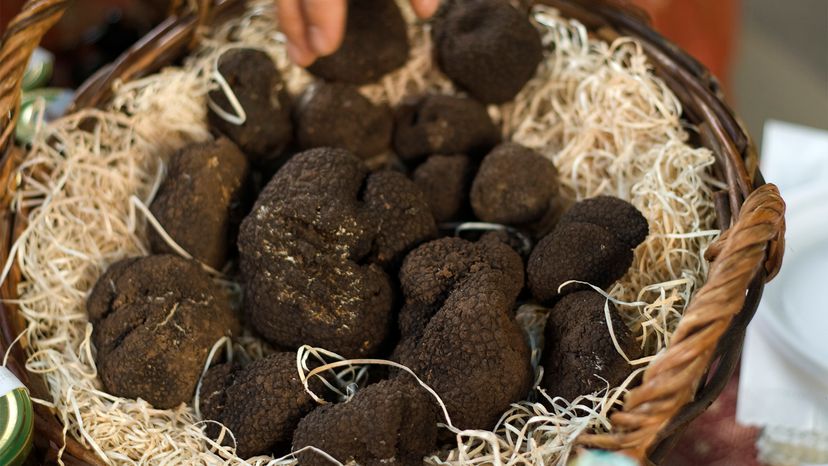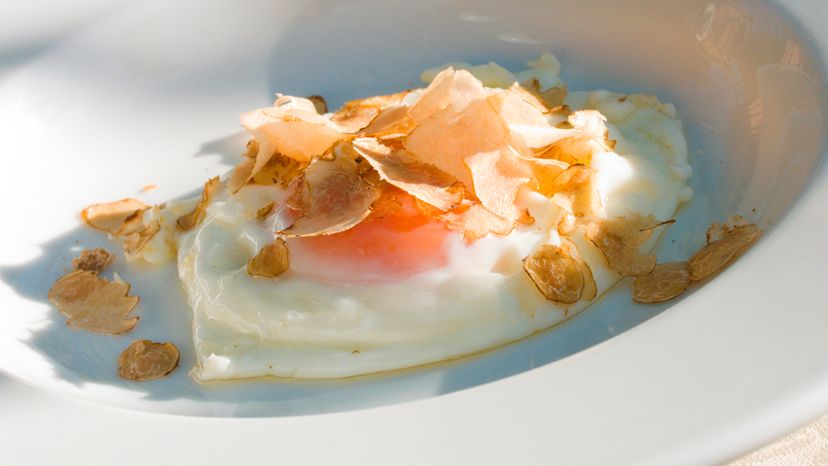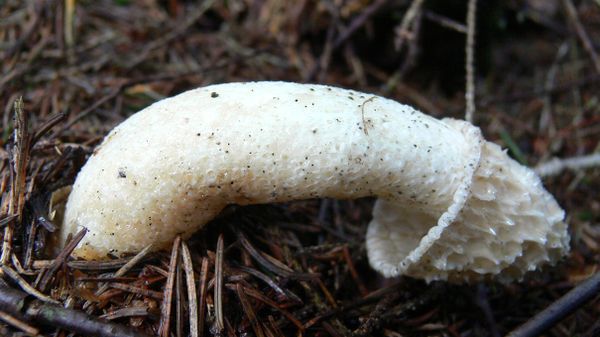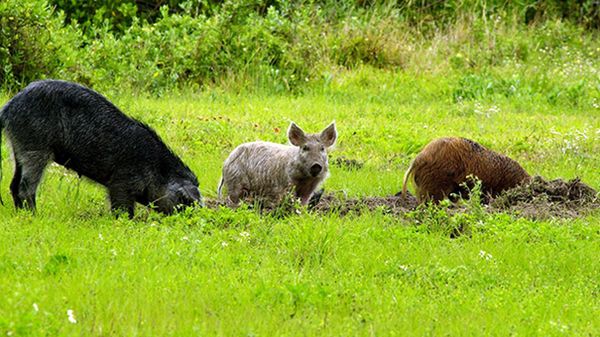"The reason truffles are so expensive is because they're so scarce," Jacobs says. "It's incredibly hard and time-consuming to find them and if we're talking about white truffles, they only grow in a few areas of Italy, and some areas of Slovenia and Croatia. You have to have a dog and you need to go out in the woods at dusk or dawn."
White truffles are considered the rarest variety of the species, so it's no surprise they cost big bucks. But just how many big bucks might surprise you. In 2016, a 4.16-pound (1.88-kilogram) white truffle — the world's largest — sold at a Sotheby's auction for $61,250. And, if you can believe it, that price was something of a bargain considering a solid rainy season in Italy had caused wholesale prices to drop by 50 percent from 2014. To a phone bidder in China, it was actually a bargain price for the oversized fungus.
So why are white truffles so rare? "One of the reasons for that is the seasonality," Jacobs explains. "White truffles tend to only grow starting in September and finishing up by December, so it's a really short season. A lot of these guys who are doing this as supplemental income are really desperate to find as many as they can. And if you find an area in the forest where white truffles grow, chances are if you come back next season, they'll grow there again. The legend or folklore is that even grandfathers won't tell their grandsons the spots they go to until they're basically about to die."
While the Sotheby's truffle was a major sale, its size made it something of an exception. Typical truffle sales are a bit more modest — but not by much. "At the consumer or commercial level, you can purchase essentially about 2.2 pounds [1 kilogram] of white truffles that's worth anywhere between $4,427-$7,747, and it goes higher when there's an especially bad season," Jacobs says. "Black truffles are cheaper — like $1,107 a kilogram."
"Exactly like mushrooms, which have thousands of different species, there are over 4,000 species of truffle," Chang says. "So when you talk about truffles, you have to be careful because there are different species with wildly different price points. For example, in this country, there are indigenous truffles like Oregon truffles or Pecan truffles from Georgia. Those are true truffles, but they don't have nearly the flavor or aroma as European black truffles. They cost around $50-100 a pound whereas European black truffles have been known to command $1,200 a pound."
In terms of how that translates to the plate, the markup is somewhat astounding. "In Michelin Star restaurants in Los Angeles or Manhattan, you might pay $100 to $200 for a few grams of truffle — just a couple of shavings," Jacobs says.
And while ATC is attempting to ramp up truffle production in the U.S., Chang says the increased supply won't decrease cost as basic economic principles would suggest. "Normally when you cultivate something, you tend to increase supply and drive down the price," Chang says. "That's not the case for truffles. The worldwide supply of truffles has actually been declining very steadily over the last 30 years. One of the scientific papers we just published looked at the impact of climate change on truffles in Europe. Spain has the most truffles of any country in the world, and when you look at climate change and its impact, Spain is getting hotter and hotter in summer and experiencing severe droughts more frequently. Because of that, Spain will stop producing truffles in 30 years, and long before that, production will continue to decline. That's also true for Italy and France."




